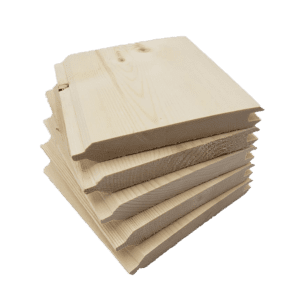Exterior Window Trim
Exterior window trim enhances both function and style on a home. Our comprehensive guide below unpacks common window trim materials, sizes, installation tips, design inspiration, and expert insights—featuring Belco XT® Trim, the ultimate preservative-treated wood trim solution.

BELCO XT® TRIM
Form Meets Function.
Exterior window trim can elevate the visual interest, curb appeal, and style of a home, but it also serves an important structural function. In addition to being a decorative element to enhance the look of a home’s facade, exterior window trim also provides functional weather resistance and bolsters the structural integrity to the home as well. When properly treated and installed, exterior house trim serves as a strong barrier that helps protect the home against seasonal extremes, harsh weather, moisture and insect intrusion, and rot and decay.
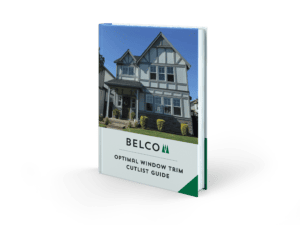
Want to Reduce Window Trim Waste?
Reduce waste by optimizing your window trim cuts. Download our free window trim cutlist optimizer guide to learn more about how you could be saving more on the job with some simple adjustments.

INSTALLATION BEST PRACTICES
Application & Installation
All window openings must be properly sealed and properly flashed to avoid excess moisture. Trim ends may lightly touch adjacent trim edges around windows only. Caulking of the window trim abutments is acceptable but not required. Download our installation guide for best practices for storage, moisture control, cutting and machining, fastening, and installing Belco XT® Trim products.
COMMON SIZES
Typical Window Trim Sizes
Exterior window trim is typically 4″ or 6″ wide and between 1″-2″ in thickness. Belco XT® Trim comes a variety of thicknesses (1″, 5/4″, 2″), widths (from 2″-12″) and lengths (from 8′-20′).
View our standard exterior window trim sizes below.
- 1x4
- 5/4x4
- 5/4x6
- 2x4
- 2x6
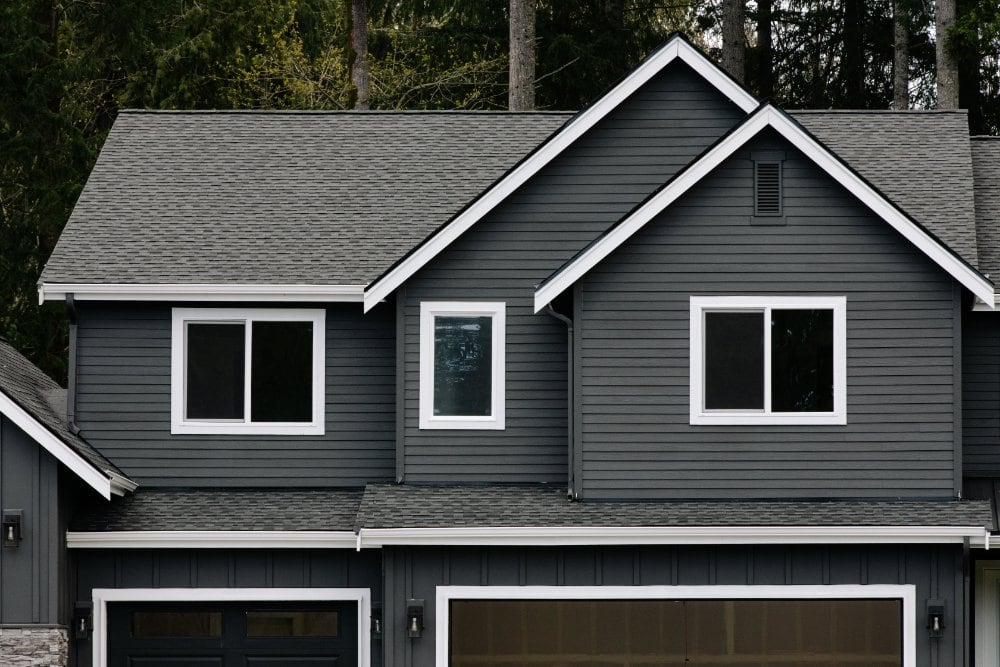
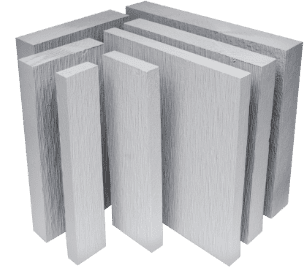
COMMON MATERIALS
Window Trim Materials
There are many different types of window trim materials, each with its own benefits and shortfalls. Common window trim materials include wood (both finished and unfinished), vinyl, aluminum, fiber cement, PVC, and composite materials. Traditionally, exterior window trim is made of real wood; however, there are many types of wood material that can be used for window trim, including primed and unprimed “white wood” SPF (spruce, pine, and fir) or more expensive, but certainly charming, cedar trim. Some wood trim materials can’t handle harsh weather conditions or sunlight exposure. Others can’t handle a uniform, lasting coat of paint. Belco XT® Trim resolves all of these common issues with its unique preservative treatment process. Learn all about the pros and cons of various window trim materials (and why our preservative treated SPF product is the best of the bunch!)
DESIGN INSPIRATION
Window Trim Design Styles
There are many creative ways to finish your exterior windows with decorative trim. Whether you’re going with a standard, clean frame around each window or something with a bit more of a unique style and personality, Belco XT® Trim is designed to bring out the best in your home’s curb appeal. Want to see our window trim in action? Check out these exterior window trim ideas using Belco XT® Trim.
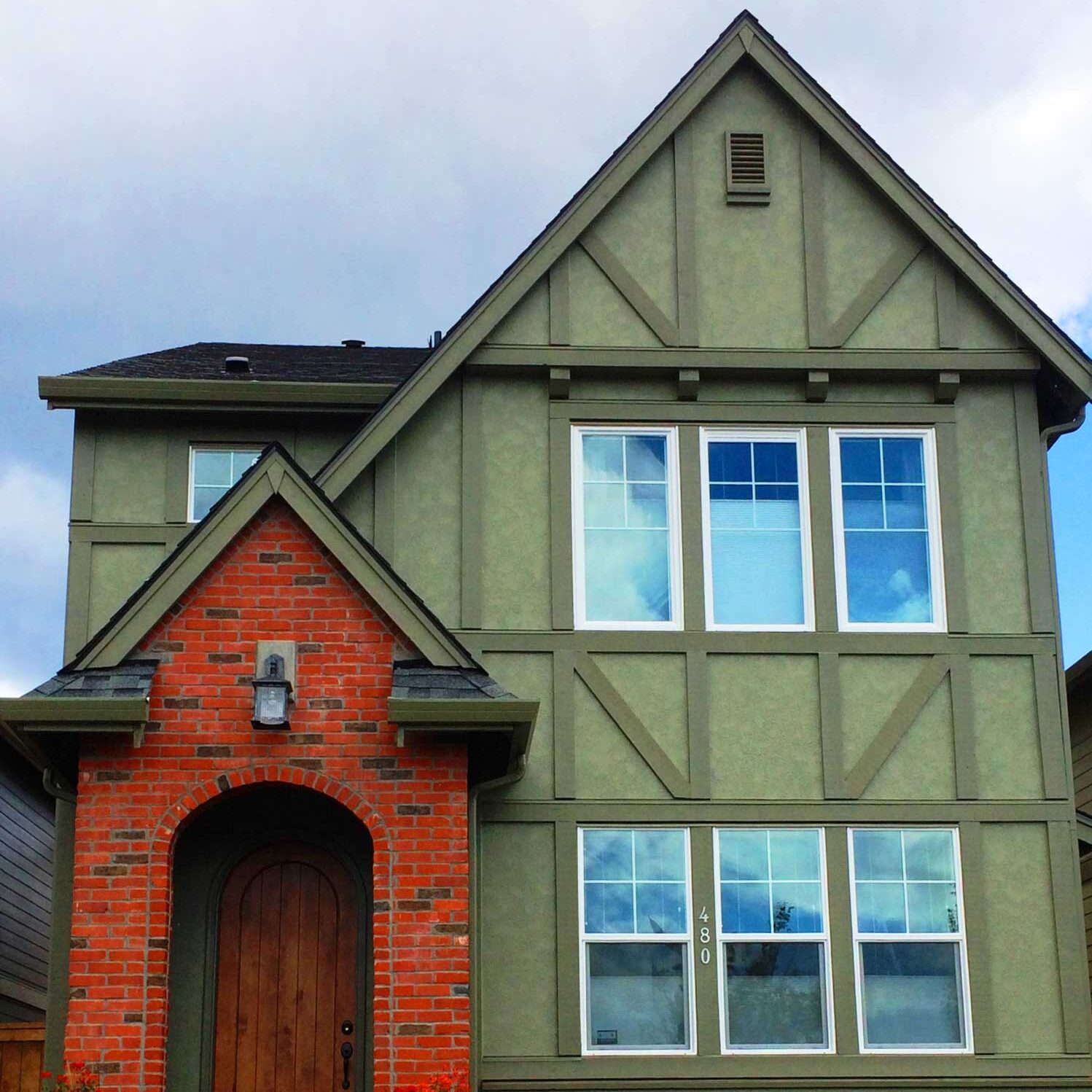
TIPS & RESOURCES
Window Trim Talk
Can’t get enough window trim talk? Read more in our blog!

Optimized Window Trim | Belco Window Trim Calculator
One of the more common size windows is the 3050. Many times they stand alone on side elevations and get doubled up in rear and

Exterior Window Trim Style Ideas for Home Builders
A home’s exterior window trim might seem like a small detail, but it can have a significant impact on a home’s aesthetic appeal. Belco explores

Black Trim and Windows: Guide to a Timeless Trend
Neighborhoods both mature and new, have increasingly boasted black windows and stark black trim elements over the last several years. While there may be some
THE BELCO DIFFERENCE
Built to Last.
Belco XT® Trim offers long-lasting performance thanks to our proprietary 2-step treatment process. First, Belco’s non-metallic, EPA-approved wood preservative treatment (Wolman® AG) penetrates the wood fibers and is then properly dried before priming. This key distinction is what sets us apart, ensuring our wood is fortified from within. Next, we apply a proprietary, industry-leading water-based primer to protect the surface and resist water penetration. The end result? Exterior trim with unmatched durability that exceeds the highest industry standards for coating consistency and wood substrate quality.
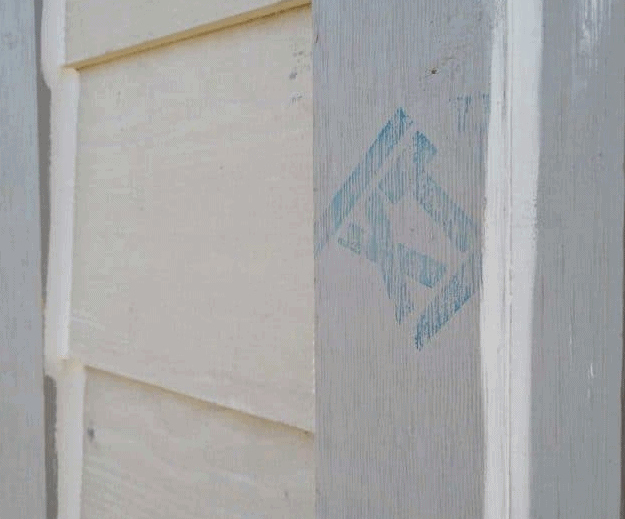
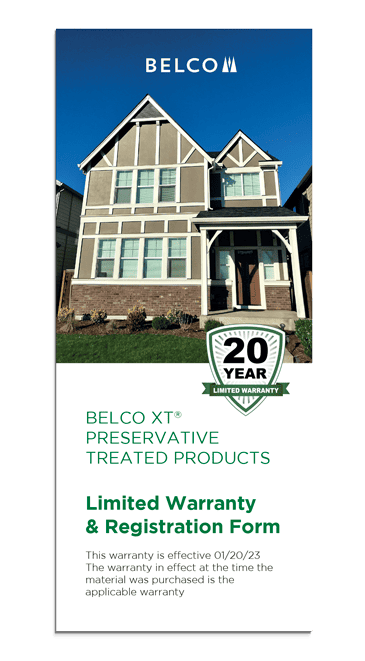
PROTECT YOUR INVESTMENT
Belco XT® Trim is Backed by an Industry-Leading Warranty
We wholeheartedly stand behind the quality of our products. We go the extra mile when it comes to ensuring the longevity of our trim products. Belco XT® Trim is a durable preservative-treated SPF wood trim that undergoes a proprietary 2-step treatment process to protect the wood against damage from rot, decay, or insects. Our trim products are so durable and long-lasting that they come with an industry-leading, non-prorated 20-year warranty. Protect your investment by registering your products with us after purchase.
Request a Sample
360-426-8900 | sales@belcofp.com



